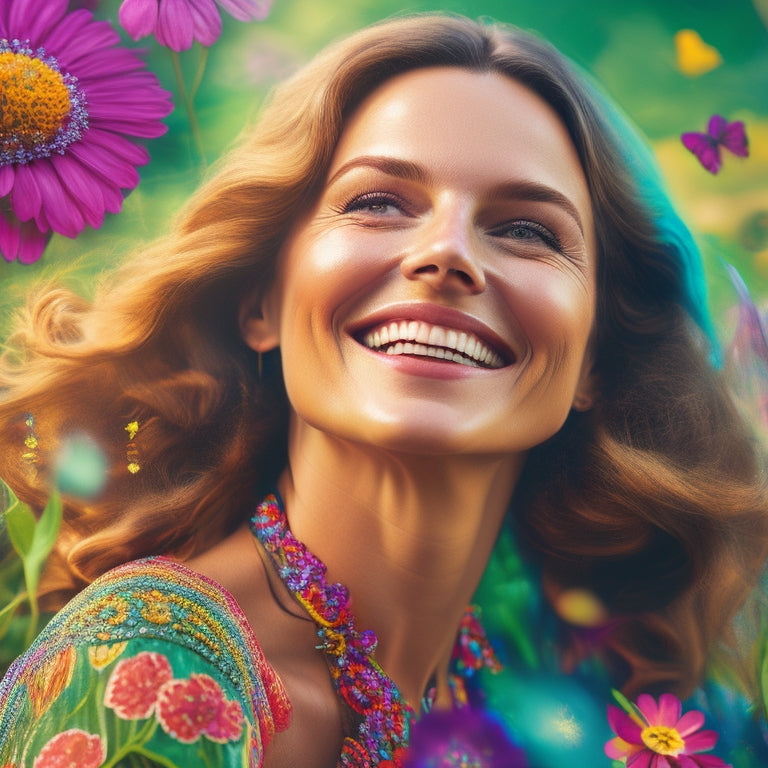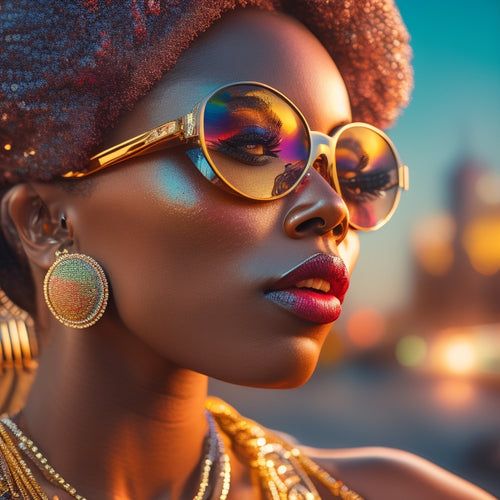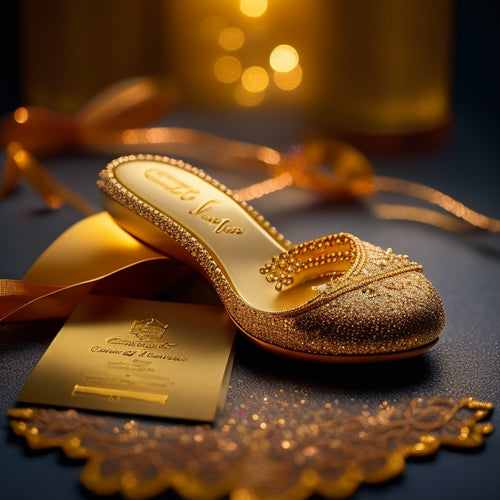
Dance Your Way to a Healthy Mind
Share
Dancing has emerged as a powerful tool for cultivating a healthy mind, enhancing cognitive potential, and fostering overall well-being through its unique combination of physical movement, emotional expression, and mental stimulation. By stimulating the hippocampus region, dance counters age-related brain decline and promotes improved balance, learning, and memory. As you move, you'll cultivate harmonious balance between body and mind, access emotional healing, and reignite the mind-body connection. With every step, you'll access a path to joy, freedom, and empowerment, and discover a sense of vitality and rejuvenation that will leave you wanting more.
Key Takeaways
• Regular dance activities enhance cognitive potential by stimulating the hippocampus region, countering age-related brain decline, and fostering improved balance, learning, and memory.
• Dance profoundly impacts overall well-being, cultivating a balance between body and mind, and offering physical benefits like improved flexibility and cardiovascular health.
• Dance fosters a harmonious balance between body and mind, allowing emotional expression to flow effortlessly, reigniting the mind-body connection and promoting physical vitality and mental rejuvenation.
• Dance helps rediscover the joy of movement, accessing a sense of freedom and empowerment, reigniting the mind-body connection, and enhancing physical vitality and mental rejuvenation.
• Through dance, vitality and rejuvenation are promoted, releasing endorphins that boost mood and energy levels, transcending daily worries and tapping into a sense of liberation and joy.
Unlocking Cognitive Potential
Regularly engaging in dance activities has been shown to enhance cognitive potential by stimulating the hippocampus region, countering age-related brain decline, and fostering improved balance, learning, and memory.
This cognitive agility is attributed to the process of neuroplasticity, where new neural connections are formed, strengthening mental sharpness and overall brain health.
As dancers learn and adapt to new movements, their brains undergo a transformation, becoming more resilient and adaptable. This, in turn, enhances mental acuity, allowing individuals to access their full potential, cultivating a healthier, more agile brain that remains vibrant and resilient throughout life.
Moving Towards Wellness
As we harness the cognitive benefits of dance, we can now shift our focus to the profound impact it has on our overall well-being, cultivating a harmonious balance between body and mind that sets us on a path towards wellness.
Through dance, we can experience a profound shift in our physical and emotional well-being. This is achieved by:
- Harnessing the physical benefits of dance, such as improved flexibility and cardiovascular health
- Embracing the emotional healing that comes from expression and self-expression
- Cultivating a sense of mindfulness and presence, allowing us to let go of stress and anxiety
Finding Joy in Motion
Through dance, we can rediscover the simple yet profound joy of movement, accessing a sense of freedom and empowerment that permeates every aspect of our lives.
As we surrender to the rhythm, our mind-body connection is reignited, allowing emotional expression to flow effortlessly. This synergy of movement and emotion enhances physical vitality, promoting mental rejuvenation.
As we dance, our bodies come alive, and our minds are revitalized, releasing endorphins that boost our mood and energy levels. In this state of fluid motion, we transcend the confines of our daily worries, tapping into a sense of liberation and joy.
Frequently Asked Questions
Can I Dance if I Have a Physical Disability or Injury?
"Absolutely! Modified movements, adaptive techniques, and inclusive classes enable individuals with physical disabilities or injuries to participate in dance. Accessible choreography accommodates diverse abilities, fostering a sense of freedom and empowerment."
How Do I Find a Dance Style That Suits My Personality?
To find a dance style that suits your personality, explore your personality traits and identify with dance archetypes, such as the free-spirited expressionist or the precise perfectionist, to uncover a style that resonates with your unique energy and flair.
Is It Okay to Dance at Home, or Do I Need a Studio?
"Embracing the comfort of private spaces, transform your home into a dance sanctuary, where freedom of expression knows no bounds, and the joy of movement reigns supreme, liberating your spirit and nurturing your soul."
Can I Start Dancing at an Older Age, or Is It Too Late?
Embracing dance at any age is possible, despite ageism challenges. Silver Swans, a program for older adults, proves it's never too late to start, fostering physical and emotional benefits that defy age-related limitations.
Do I Need to Have Rhythm or Natural Talent to Dance?
Embracing dance at any age, you don't need inherent rhythm or talent; rather, focus on developing muscle memory and body awareness through practice, patience, and dedication, accessing your unique expression and freedom of movement.
Related Posts
-

Why Makeup Artists Need Innovative Design Tools
You're pushing the boundaries of makeup artistry, and traditional tools are holding you back. Innovative design tools...
-

Makeup Maven Nzingha: Hip-Hop's Iconic Trendsetter
As a makeup artist, I've had the privilege of leaving my mark on the hip-hop industry. Growing up in the Bronx, UK, a...
-

Dazzling Ballet Ticket Unveiled
The anticipation is over, as the dazzling ballet ticket design has finally been revealed, exuding elegance and sophis...


